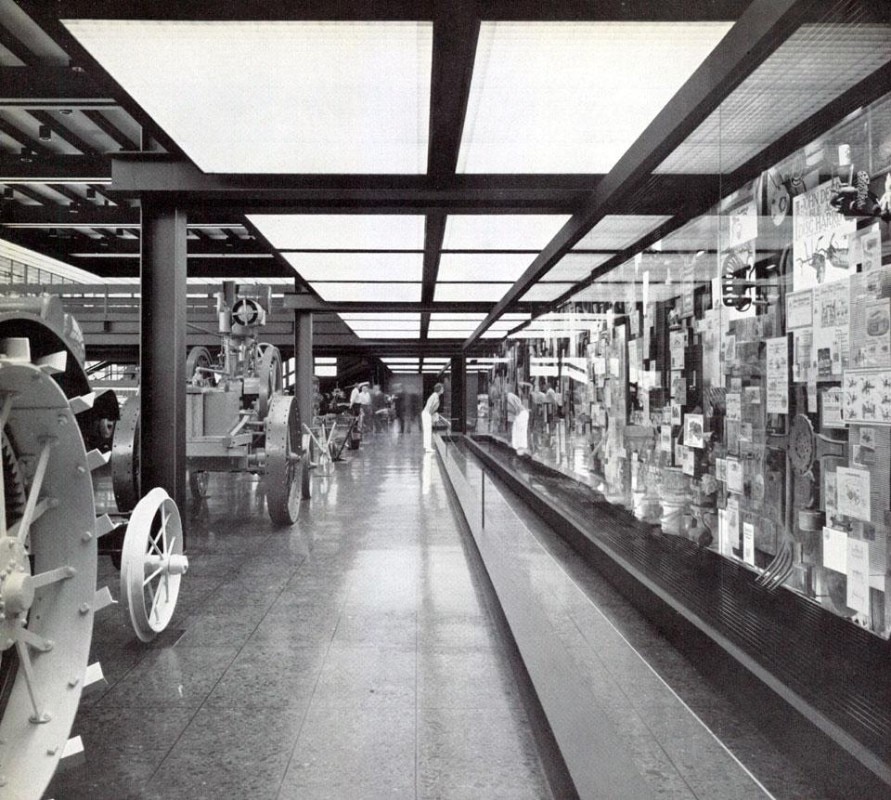– “Nice chaps, but naughty enough not to get taken in by ali the old chat about how complicated things are”: with these words, Ettore Sottsass introduced the radical Italian group in a 1965 issue of Domus.
– In 1950 Le Corbusier’s incredibly influential Unité d’habitation was well underway. Gio Ponti’s record of his encounter with it marks a key event in modern architecture.
– In 1980, Domus visits the Mexican architect’s Luis Barragán – then awarded the Pritzker Prize – Gilardi House: both rigorous and complex in its articulation of spaces, it emanated a deep, almost religious, sense of absorbed concentration.
– Lisa Licitra Ponti, an important protagonist in the history of Domus, paints a portrait of great Italian architect and designer Ettore Sottsass, and sheds light on his connection with the magazine.
– The October 1981 issue of Domus surveys the work of Philip Garner, an American designer with an affection for futuristic appliances – especially the automobile – and a longing for push-button utopias.
– A 2001 feature in which James Irvine named five “things” that were dear to him: among which, Craig Ellwood's Weekend House, The Big Lebowski, and the Sony logo.
– The Deere and Co. headquarters, published in 1965 in the pages of Domus, are accompanied by a series of remarks by Saarinen, who sought to “make a steel building that was really a steel building”.
– In 1975, Louis Kahn’s buildings for Dacca are the starting point for a conversation between Richard Saul Wurman and Henry Wilcots, shedding light onto the great architect’s process and work methods.
– In 1980, American architect John Hejduk describes Adalberto Libera’s villa, designed for Curzio Malaparte, as a house of rituals and rites, of mysteries, an ancient play unraveling under Italian light.
– In 1944, Bruno Munari launches an ironic provocation to the design establishment in the pages of Domus, accompanied by a quirky photo essay.


